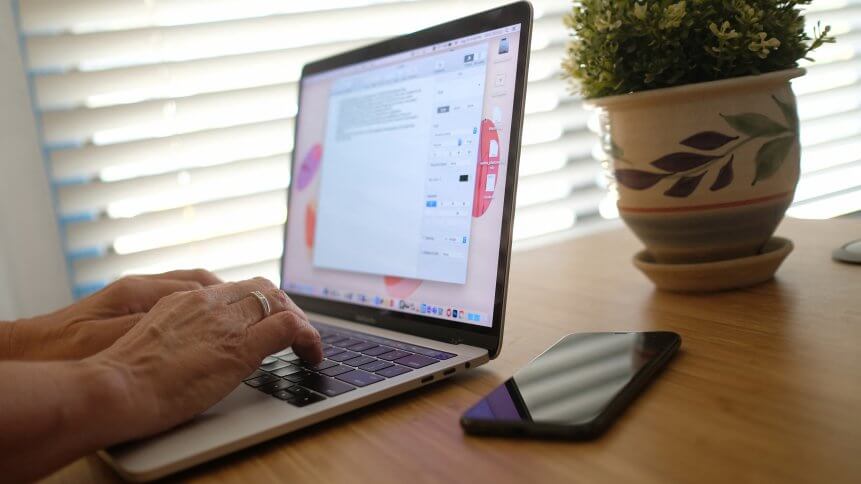
- Remote work is becoming increasingly popular with businesses during the pandemic
- According to a survey conducted by Uptown, 58.6% of the American workforce is working remotely currently
- In a world where data is constantly being stolen, companies need to keep an eye on their network and figure out how to protect it best
Remote work is becoming increasingly popular with businesses during the pandemic, but it’s also creating a new set of security challenges such as cybersecurity breaches.
The McKinsey Global Institute report predicted that the world would have more than 1.4 billion remote workers by 2022, and it is expected to continue growing. The benefits of working from home are clear — reduced commute time, decreased office space costs, and more flexibility in when and where one works.
According to a survey conducted by Uptown, 58.6% of the American workforce is currently working remotely. The industries with the highest number of remote workers are healthcare at 15%, technology at 10%, and financial services at 9%.
Remote work using cloud technology
With cloud technology, businesses can streamline their operations and improve productivity. However, this also means that employees have access to company resources outside of the office — which can pose a security risk if proper precautions aren’t taken.
In addition, a new emphasis on work-life balance and a renewed appreciation for leisure time during the pandemic which caused “The Great Resignation”, also shows security risks associated with this trend.
Security risks with the use of cloud apps
There are extensive potential security risks to monitor as users leverage personal cloud apps to take data with them. A report has shown that departing employees upload three times more data to personal apps in their final month of employment.
As the amount of sensitive data continues to grow exponentially, one of the most common threats facing enterprises is unauthorized access by internal or external parties. A study also highlights the risks of using personal cloud apps to share data on employee-owned devices.
Researchers at CloudLock found that employees who use personal cloud storage services such as Dropbox and Google Drive to share company data with coworkers can create serious security holes.
Shadow IT serious problem for companies
As mobile devices and cloud services become more popular, employees and businesses are increasingly adopting apps that bypass centralized IT departments and professionals — a phenomenon called shadow IT.
While avoiding specific protocols can be convenient for users, it’s a severe problem for companies trying to protect their data and networks from security breaches, especially when employees are working remotely.
Zero Trust controls to protect networks securely
The importance of security cannot be overlooked. Organizations must provide context for their security posture and ensure all resources are adequately protected. In a world where data is constantly being stolen, companies need to keep an eye on their networks and figure out how to best protect them.
There is no perimeter, so they must apply zero-trust controls to every resource and application within the organization. Achieving this requires more than just traditional point solutions; it requires a network-centric approach that can protect against more modernized attacks.
The concept of zero-trust security is based on the idea that any security model is only as strong as its weakest link. With this approach, network admins apply the same level of scrutiny to all users, regardless of their position within the IT infrastructure.
Organizations are accountable for network security
Organizations must seek to identify and eliminate vulnerabilities across every user account and endpoint connected to their networks before malicious cyber threats can exploit them. These models require that all apps, cloud services, web user activity, and employee behavior be monitored by the organization’s security apparatus.
Companies are held accountable for the security of their employee’s networks, especially those who remote work. Most companies do not have a unified strategy for protecting employees working remotely or from home.
This will be a massive issue as companies move forward in technology, and cybersecurity becomes an even more significant concern than it is today.










